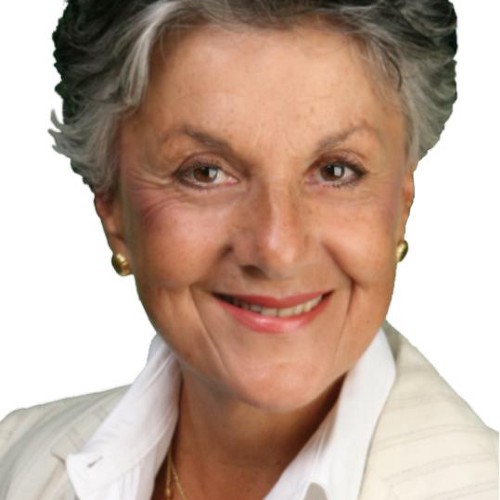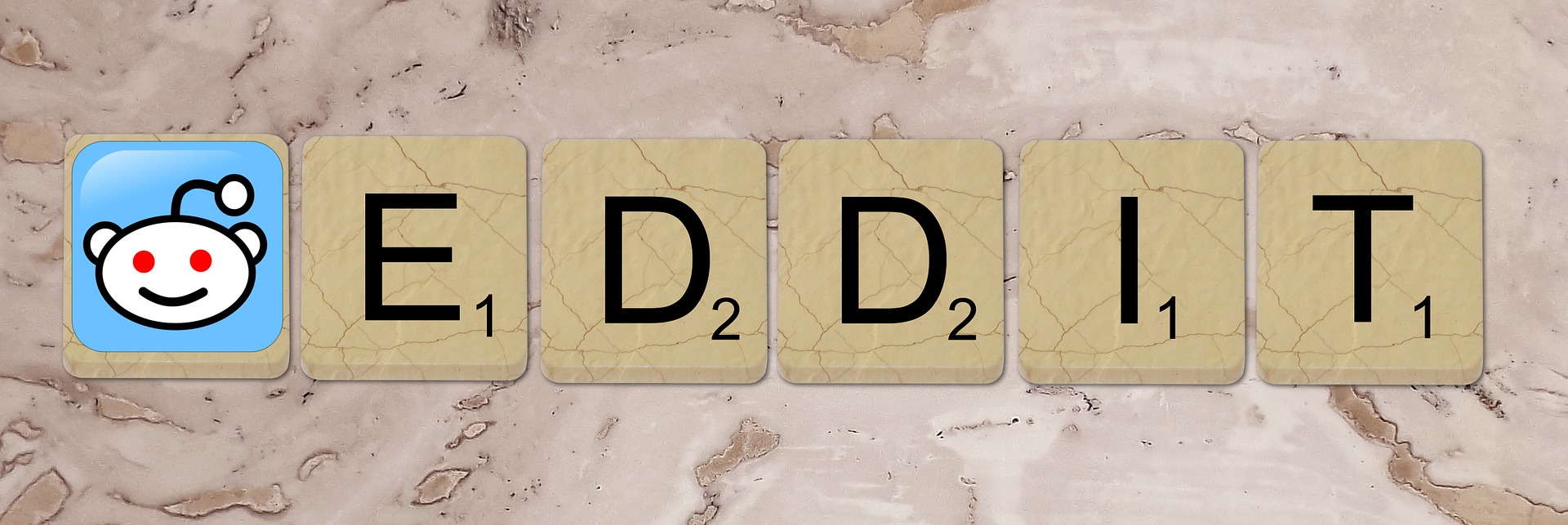What if we could connect with the parts of ourselves that are hidden inside of us. The kid in us who wants attention, who is creative and spontaneous. The artist in us, the story teller, the writer, the visionary, the helper. Or for people who have grown up with addiction in their childhoods, that part might be the forgotten kid who lives inside, with their head still hanging down. Who is still waiting to be noticed. The child in them who is still in pain, still mistrusting of deep connection and intimacy because of their early experience. Role play offers a solution to this. We can, through surrogates revisit that part of the self that was hurt, while leaving the parts of the adult that are thriving untouched. And this is what we did in a training seminar at ICAAD London this past week.
After a series of “warm-ups” (see above), designed to help people to get in touch with their own story, a man who wanted to talk to the “boy who lived inside of him” spoke up.
“Who could play that part of you and what would you like to say?” is all that needs to be asked by me as the psychologist. And the rest just happens.
He chose someone to play the child within him and began by talking to that part of himself who spent so many years feeling numb and unseen. He talked to the mother he had as a child, who is not the same woman today. Today she is in recovery, his friend and ally. Yesterday she was an addict. “You were never there, I couldn’t trust you. You were there and not there”. The tears of the child sprang forward into the eyes of the man. And the child came out of hiding.
One of the problems with trauma is that we lose our voice, we lose our ability to think, we feel choice-less. That part of the brain that thinks, the prefrontal cortex, shuts down in moments of deep fear so we don’t formulate a scenario, we don’t think about what is happening. Bringing these simple scenes forward, so that the numbness and shut down can dissipate and the protagonist can find words to express what they are feeling, brings these painful moments or relational dynamics into the present where they can be talked about. They are elevated into consciousness through words and actions.
When finally offered the space to speak up it becomes evident that years of keeping that “inner child” shut down has taken its toll. And that’s where the support of others comes in. In a room that is full of people who have had similar experiences, there are many voices the “protagonist” can borrow to help him to find his own. And in this case, when he did find it, he knew what to say. No one knows better than we ourselves just what words we long and need to say. This is the beauty of role play. No well-meaning professional is speaking for us, no one is putting words in our mouths. Group members can help but ultimately the protagonist finds their own voice.
“Why didn’t you see me? Why didn’t you stop drinking? I needed you and you just weren’t there. Wasn’t I worth stopping for?” These are the kinds of things that children who have grown up hiding the pain of living with parents who are addicts, don’t get a chance to say. Psychodrama offers them the stage on which to say it. And to say it AS the child, to the parent who was turning away and lost in addiction. This is the beauty of role play because it allows the part of us that is still wounded to speak up in the voice of the child who was silenced, rather in the sanitized and often distanced voice of the adult looking back. It is simple. It is direct. It is healing.
And it is laparoscopic, it deals only with that wounded part of the relationship from yesterday, whilst leaving what’s working today untouched.
The group, far from being dispassionate observes, looks on as the witness. And as they do, the part of them that has something to say identifies. Similar to live theater, this drama is a moment of life. It is alive, in the present and designed to heal. And it is real.
In the sharing afterwards it is moving how many people tell the protagonist about their similar experiences. This offers those who have witnessed a chance to heal what was touched from their own lives. Being an “audience” or group member amounts to more than a spectator. In the witness role, one can see parts of their own story reflected back to them. Sharing allows them to acknowledge that, tell a bit of their story and have it heard. This too can be very cathartic and healing. The vey fact that those there have come for such an experience, makes it possible and probable.
When I returned to New York I received an email from a participant who at the time of the drama, shared simply that it had put him in touch with his own adoption. After the workshop he received support from a few other people and that helped him to more fully hear what this part of himself wanted to say, I quote with his permission. “The part I couldn’t say – didn’t have access to in the workshop – that I got later was from the ‘baby’ self — “I am alive, I am alone, I am not safe, I am not loved – what did I do?”










Comments (2)